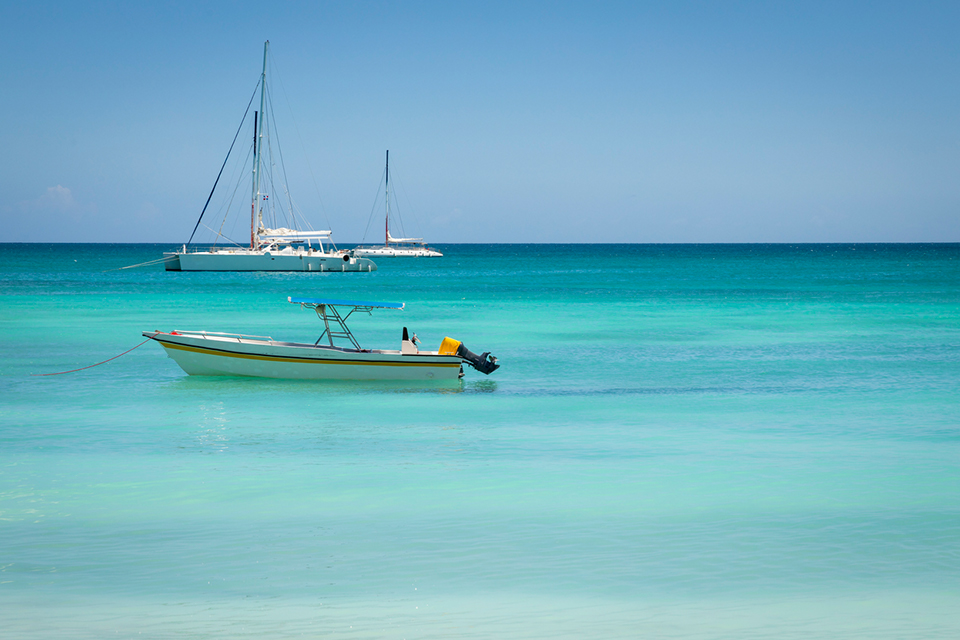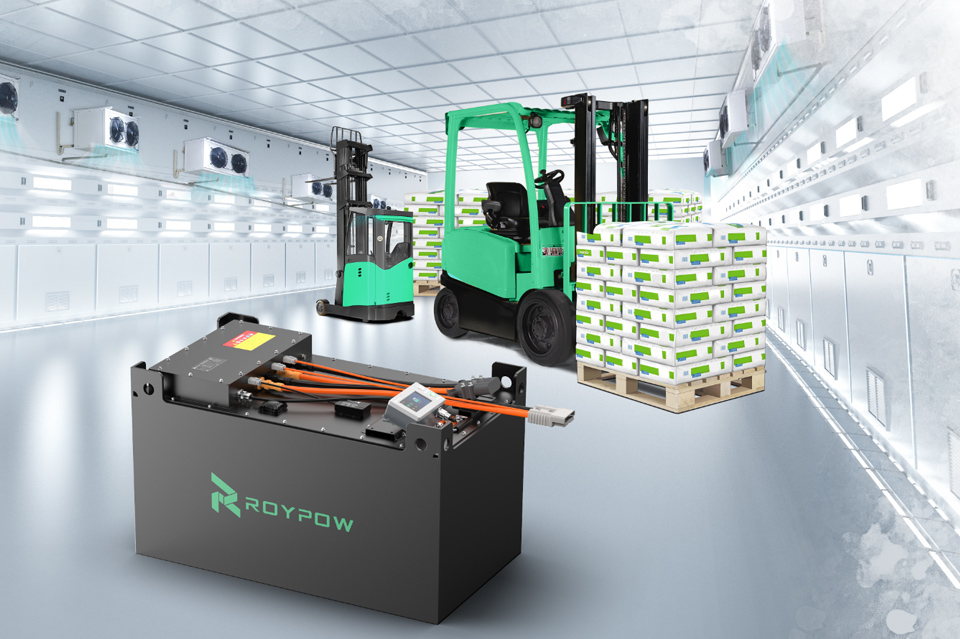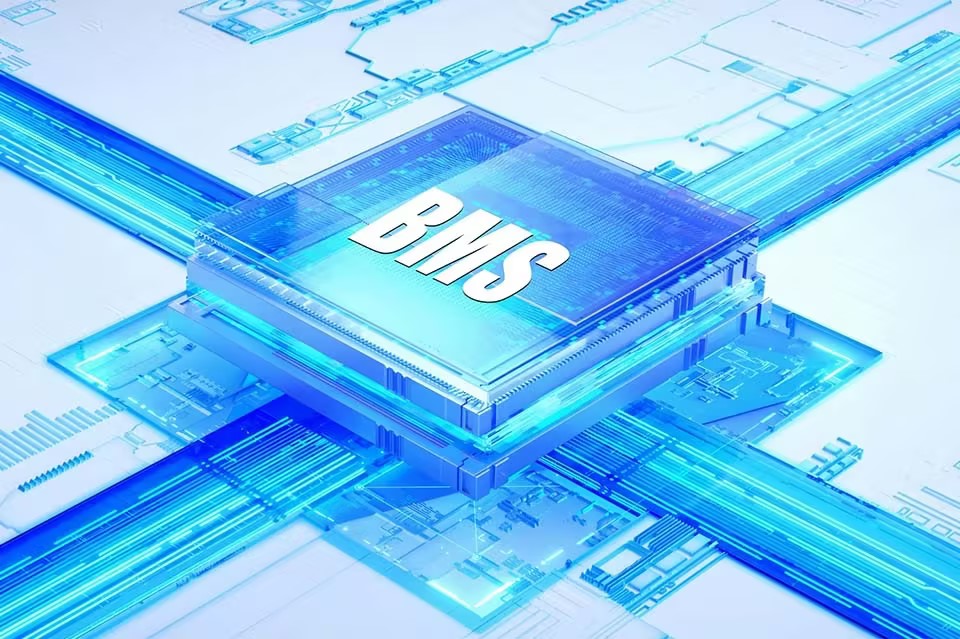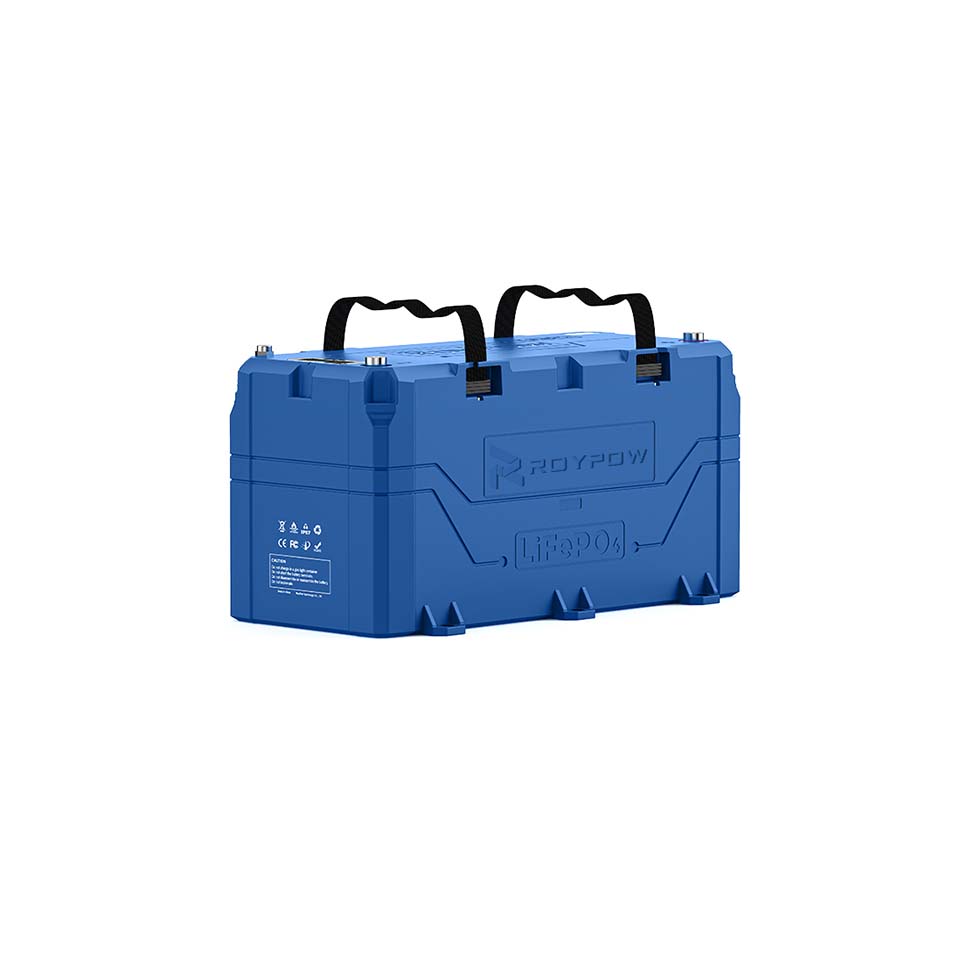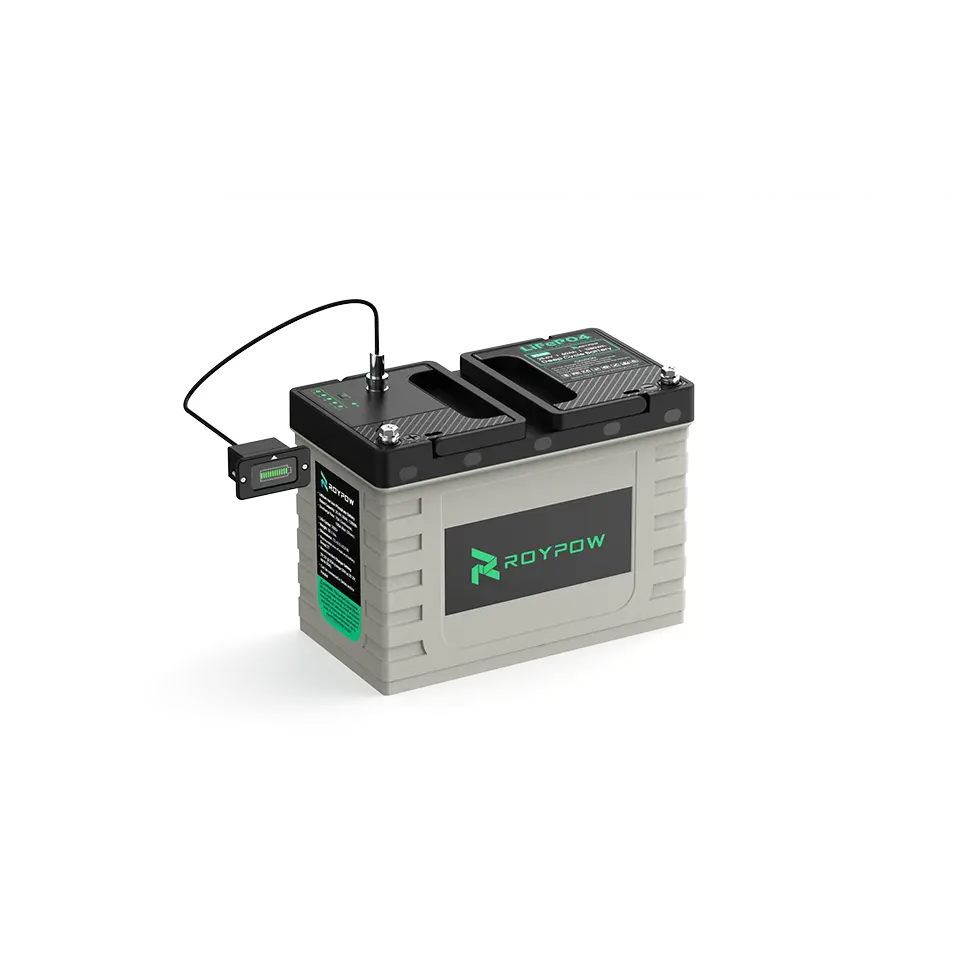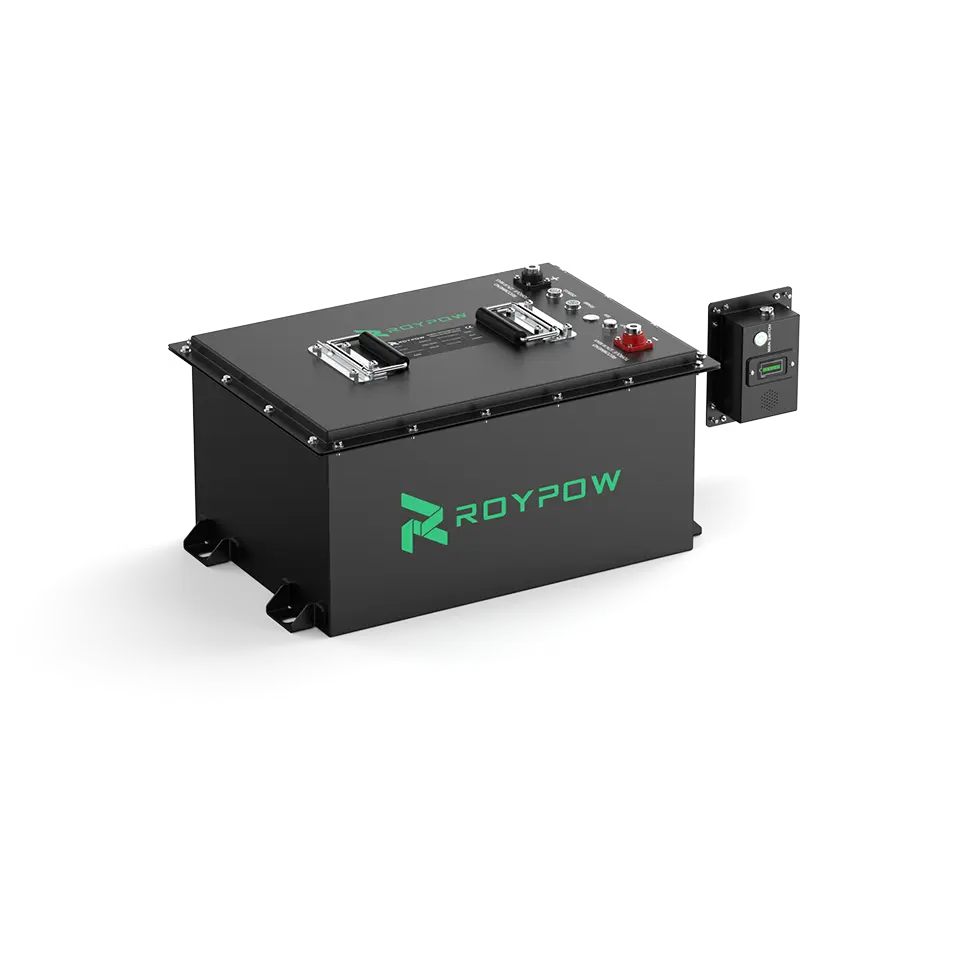The right pick for a trolling motor battery will depend on two main factors. These are the thrust of the trolling motor and the weight of the hull. Most boats below 2500lbs are fitted with a trolling motor that delivers a maximum of 55lbs of thrust. Such a trolling motor works well with a 12V battery. Boats that weigh over 3000lbs will require a trolling motor with up to 90lbs of thrust. Such a motor requires a 24V battery. You can pick from different types of deep-cycle batteries, such as AGM, wet cell, and lithium. Each of these battery types has its advantages and downsides.
Trolling Motor Battery Types
For a long time, the two most common deep-cycle trolling motor battery types were 12V lead acid wet cell and AGM batteries. These two are still the most common types of batteries. However, deep-cycle lithium batteries are growing in popularity.
Lead Acid Wet-Cell Batteries
The lead-acid wet-cell battery is the most common type of trolling motor battery. These batteries handle discharges and charge cycles common with trolling motors quite well. Additionally, they are quite affordable.
Depending on their quality, they can last up to 3 years. They cost less than $100 and are easily accessible at various retailers. Their downside is requiring a strict maintenance schedule for optimal operation, mainly topping off water. Additionally, they are susceptible to spillage caused by trolling motor vibrations.
AGM Batteries
Absorbed Glass Mat (AGM) is another popular trolling motor battery type. These batteries are sealed lead acid batteries. They last longer on a single charge and degrade at a lower rate than lead-acid batteries.
While the typical lead-acid deep-cycle batteries can last up to three years, AGM deep-cycle batteries can last up to four years. Their main downside is that they cost up to twice the lead acid wet-cell battery. However, their increased longevity and better performance offset their higher cost. Additionally, an AGM trolling motor battery does not require any maintenance.
Lithium Batteries
Deep-cycle lithium batteries have grown in popularity in recent years due to various factors. They include:
- Long Run Times
As a trolling motor battery, lithium has a run time of almost twice that of AGM batteries.
- Lightweight
Weight is a significant issue when picking a trolling motor battery for a smaller boat. Lithium batteries weigh up to 70% of the same capacity as lead-acid batteries.
- Durability
AGM batteries can have a lifespan of up to four years. With a lithium battery, you are looking at a lifespan of up to 10 years. Even with the higher upfront cost, a lithium battery is great value.
- Depth of Discharge
A lithium battery can sustain a 100% depth of discharge without degrading its capacity. When using a lead acid battery at 100% depth of discharge, it will lose its capacity with each subsequent recharge.
- Power Delivery
A trolling motor battery needs to handle sudden changes in speed. They require a good amount of thrust or cranking torque. Due to their small voltage drop during rapid acceleration, lithium batteries can deliver more power.
- Less Space
Lithium batteries occupy less space due to their higher charge density. A 24V lithium battery occupies almost the same space as a group 27 deep cycle trolling motor battery.
The Relationship between Voltage and Thrust
While picking the right trolling motor battery can be complex and depends on many factors, understanding the relationship between voltage and thrust can help you. The more the voltage of a motor, the more thrust it can produce.
A motor with higher thrust can turn the propeller faster in the water. Thus, a 36VDC motor will go faster in water than a 12VDC motor attached to a similar hull. A higher-voltage trolling motor is also more efficient and lasts longer than a lower-voltage trolling motor at low speeds. That makes high voltage motors more desirable, as long as you can handle the extra battery weight in the hull.
Estimating Trolling Motor Battery Reserve Capacity
Another important factor to consider is the reserve capacity. It is a standardized means of estimating different battery capacities. Reserve capacity is how long the trolling motor battery supplies 25 amps at 80 degrees Fahrenheit (26.7 C) until it drops to 10.5VDC.
The higher the trolling motor battery amp-hour rating, the higher its reserve capacity. Estimating reserve capacity will help you know how much battery capacity you can store on the boat. You can use it to pick a battery that will fit the available trolling motor battery storage space.
Estimating the minimum reserve capacity will help you decide how much space your boat has. If you know the amount of room you have, you can determine the room for other mounting options.
Summary
Ultimately, picking the trolling motor battery will depend on your priorities, installation needs, and budget. Take time to understand all of these factors to make the best choice for your situation.
Related article:
Are Lithium Phosphate Batteries Better Than Ternary Lithium Batteries?
How to Charge a Marine Battery

